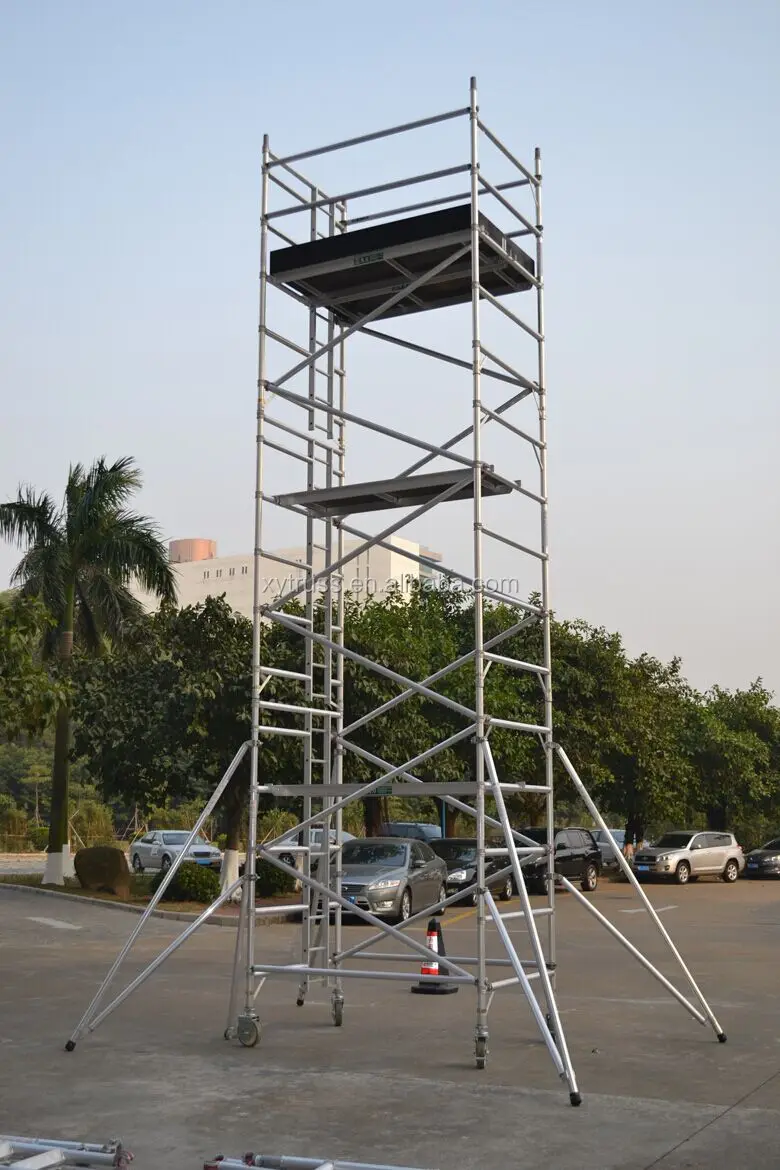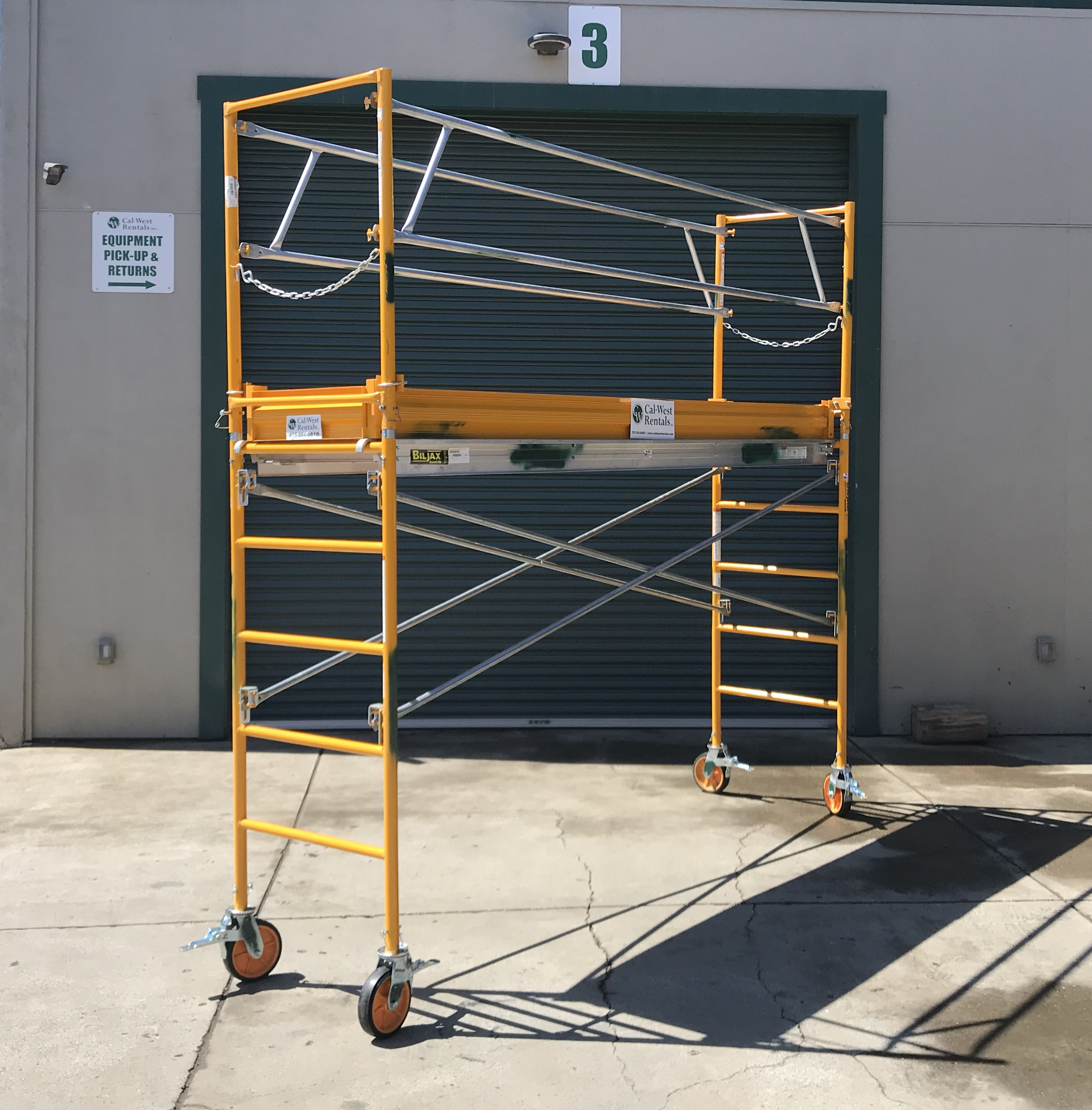Just how to Choose the Right Scaffolding for Your Building Job
The Anatomy of a Scaffold: Comprehending Its Components =======================================================
To understand the composition of a scaffold, focus on its vital features like giving stability for workers at varied heights and guaranteeing task effectiveness. Elements consist of steel, light weight aluminum, or wood products made for safety and security and security. Scaffold frames come in various types and materials, with adjustable heights and cross-bracing for support. Platforms are vital for worker safety and security, calling for proper weight distribution and secure attachment. Precaution require cautious assessment, secure base plates, guardrails, and routine checks. Checking out these facets further improves knowledge of scaffold building and construction and security procedures.
Key Features of a Scaffold
What necessary functions does a scaffold play in different building and construction projects?
The functions of a scaffold are important in providing a safe and reliable working environment for construction employees. The structure of a scaffold is designed to support employees, materials, and equipment at raised elevations during building, upkeep, or repair service jobs. Safety and security is a key issue when it involves scaffolding, and policies are in location to guarantee that scaffolds are put up, made use of, and took apart properly to stop accidents and injuries.
One key function of a scaffold is to provide a stable system for employees to perform jobs at various elevations. The structure of the scaffold should be tough and secure to support the weight of employees and materials. In addition, scaffolds permit workers to accessibility hard-to-reach locations of a building or structure securely. By complying with security policies and guidelines, such as using correct loss defense tools and checking the scaffold on a regular basis, building jobs can be finished effectively and without events.

Main Components of a Scaffold
Scaffolds consist of a number of main elements that are necessary for ensuring the stability and safety of raised work systems in construction projects. The major elements of a scaffold include scaffold products and scaffold style. Scaffold products vary based on the requirements of the building project and can include steel, light weight aluminum, timber, or a mix of these products. The scaffold layout encompasses the layout and framework of the scaffold, guaranteeing it can sustain the desired tons securely.
The choice of scaffold products is important in establishing the strength, resilience, and overall safety of the scaffold. Steel scaffolds are recognized for their effectiveness and capability to sustain heavy lots, making them ideal for big building jobs. Aluminum scaffolds, on the other hand, are light-weight yet durable, making them excellent for projects that call for frequent repositioning. Timber scaffolds are frequently utilized for smaller sized projects as a result of their cost-effectiveness.
In scaffold layout, elements such as the scaffold's elevation, weight capacity, and arrangement are thoroughly taken into consideration to satisfy security guidelines and project requirements. Proper scaffold layout is vital to protect against accidents and make sure a safe and secure workplace for building employees.
Comprehending Scaffold Frames
Comprehending the structural structure of scaffold systems is vital for making sure stability and safety and security on building and construction websites. scaffold platforms Scaffold frameworks play an important role in providing the required support for workers and products at numerous elevations. To grasp the idea much better, consider the complying with bottom line concerning scaffold frames:
Sorts of Structures: Scaffold frames can be found in numerous types such as walk-through frameworks, ladder structures, and stonework structures, each offering particular purposes on building sites.
Material Make-up: Frameworks are typically constructed from steel or light weight aluminum, providing durability and toughness to support the scaffold structure.
Interlocking Device: Lots of scaffold frames feature an interlocking mechanism that enables easy assembly and disassembly, improving efficiency on-site.
 * Flexible Heights: Some structure types use flexible elevation settings, allowing workers to tailor the scaffold to match various task needs.
* Flexible Heights: Some structure types use flexible elevation settings, allowing workers to tailor the scaffold to match various task needs.
- Cross-Bracing for Stability: Cross-bracing is often integrated into framework styles to improve scaffold security and stop guiding or tipping during use.
Comprehending these aspects of scaffold frames is essential for making certain a secure and trusted workplace on construction projects.
Importance of Scaffold Operatings Systems
Taking a look at the pivotal duty of scaffold systems in guaranteeing structural integrity and safety at raised worksites is necessary for building experts.
Scaffold platforms act as the essential horizontal structures where workers stand, relocate, and do tasks. Platform stability is vital, as it straight influences the security of employees and the success of the construction project.
Proper weight circulation on scaffold platforms is important to stop overloading, which can bring about platform failure and accidents. Making sure that systems can sustain the desired lots capacity is essential in keeping a safe working environment.
Additionally, scaffold platforms must be securely affixed to the scaffold framework to prevent any motion or instability during use. Building professionals should thoroughly examine scaffold systems prior to each use to recognize any indicators of damage or put on that could endanger their stability.
Safety Measures for Scaffold Assembly
Taking into consideration the important nature of scaffold stability and system stability, the application of stringent safety measures throughout scaffold setting up is crucial to alleviate risks and assure a safe workplace. Sticking to safety guidelines and making sure correct training are essential facets of scaffold assembly. Below are 5 key precaution to adhere to:
- Check Devices: Prior to setting up, thoroughly check out all scaffold components for any type of damages or issues that could jeopardize security.
- Protect Base Plates: Guarantee that base plates are firmly positioned on a solid surface to supply stability and protect against tipping.
- Use Guardrails: Mount guardrails on all open sides and ends of the scaffold to stop drops and enhance worker security.
- Properly Planked Platforms: Scaffold systems need to be appropriately planked with products efficient in sustaining designated lots to avoid architectural failings.
- Regular Safety And Security Checks: Conduct regular safety and security inspections during assembly to determine and resolve any type of safety risks without delay.

Frequently Asked Inquiries
Are There Any Kind Of Regulations or Guidelines for the Maximum Height a Scaffold Can Be Constructed To? scaffold dismantling
Scaffold security is important in making sure safety and security on construction sites. Elevation policies determine the maximum acceptable elevation for scaffolds to preserve architectural honesty. Safety and security safety measures, such as regular evaluations and adherence to guidelines, are vital, particularly in extreme climate condition.
Can Scaffolds Be Used in Extreme Weather Conditions Such as Hefty Rainfall or Snow?
Scaffolds can be used in extreme weather conditions with proper precautions. Waterproofing approaches like covering with tarpaulins and sealing joints can safeguard versus heavy rainfall. Cold weather preventative measures include making use of non-slip surfaces and guaranteeing security in snow.
How Usually Should Scaffolds Be Inspected for Deterioration or Damages?
Scaffolds need to be evaluated regularly based on safety and security standards to ensure architectural stability. Assessment regularity relies on use, with most guidelines recommending weekly checks. Regular upkeep methods are essential for determining wear and tear or harm promptly.
Are There Any Kind Of Certain Weight Limitations for Scaffolds to Make Sure Safety And Security?
Weight limits for scaffolds are vital to assure security on building sites. Safety and security regulations typically dictate details weight abilities for various kinds of scaffolding based on their style and materials. Complying with these limits is essential.
What Are Some Common Errors or Errors to Prevent When Assembling a Scaffold?
When constructing a scaffold, vital mistakes to avoid include inappropriate bracing, neglecting protected ground, making use of harmed components, exceeding weight limitations, and neglecting safety guidelines. Assurance comprehensive training, routine assessments, and compliance with guidelines.
Final thought
To sum up, comprehending the key features and components of a scaffold, consisting of structures and systems, is crucial for guaranteeing security during assembly.
By adhering to precaution and guidelines, employees can successfully use scaffolds for numerous construction projects.
It is critical to prioritize the correct assembly and upkeep of scaffolds to avoid mishaps and make sure a safe working environment.